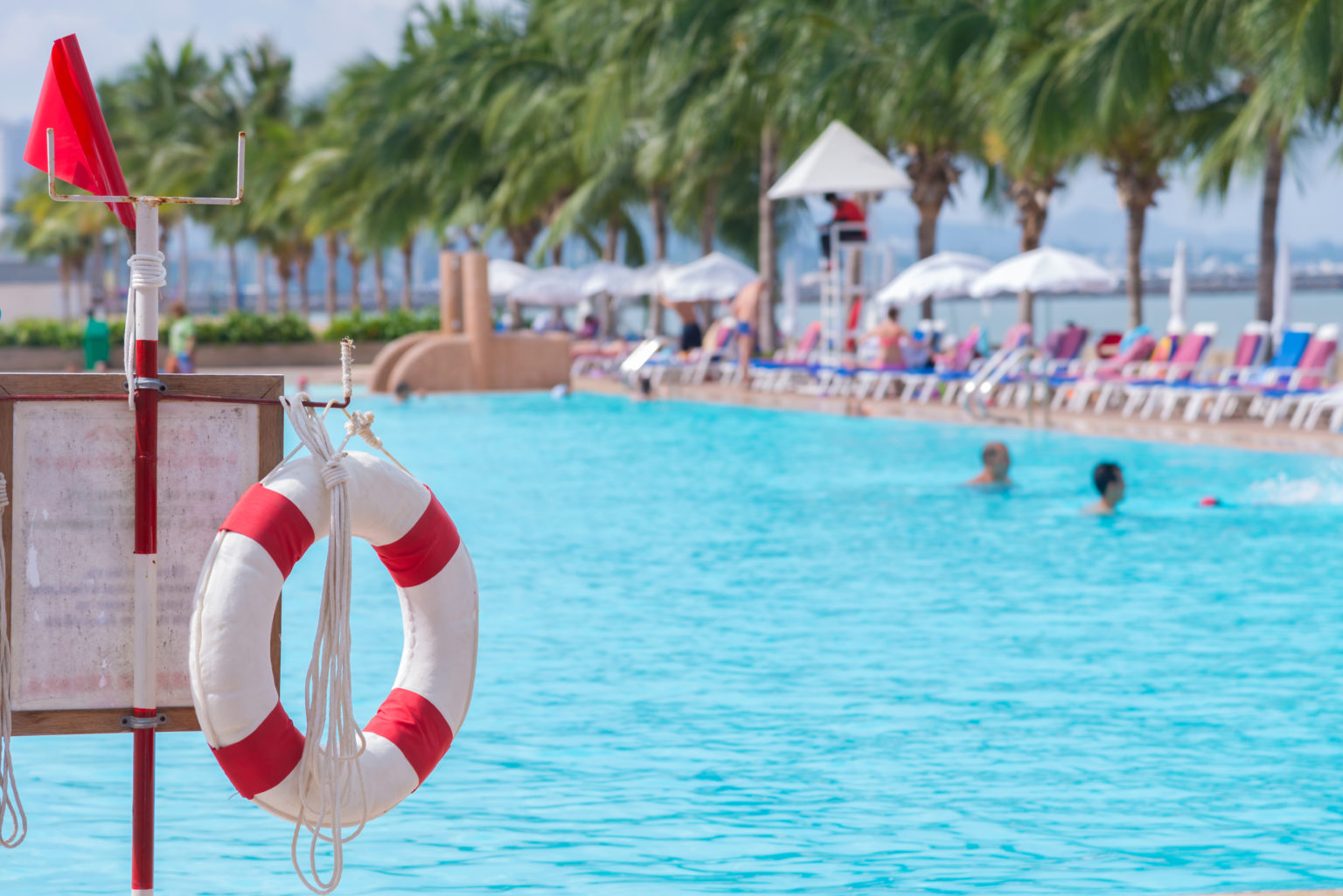
The fifth prominent source of unintentional injury death across all age groups is drowning. And for young children ages one to four, drowning is a leading cause of submersion injuries. You will have another ten children suffering from submersion injuries that require emergency treatment for every child that drowns in a swimming pool. Brain damage can be a result of near-drowning, which can lead to long-term disabilities like memory problems, speech problems, learning disabilities, and permanent loss of essential functions.
In 2018, as reported by the USA Swimming Foundation, nearly 148 children under the age of 15 drowned in spas or swimming pools. You must understand your responsibilities and rights under the law, whether you’re hosting guests in your pool or swimming in a public or private pool.
Types of Swimming Pool Accidents
Often preventable, several drowning occur near safety. In the US, about 5,700 children are treated in the emergency rooms of hospitals annually from spa or pool accident injuries. These include dangerous pool filters and drains, wet surface slip and fall accidents, and drowning slip. According to the USA Swimming Foundation, spas and pools are particularly risky even though drowning accidents may happen in all water bodies. Some of the common swimming pool accidents are:
- Electrical defects. When malfunctioning electrical systems combined with water, it can lead to dangerous consequences.
- Slip and falls. Slippery surfaces cause these and, in some cases, dangerous behavior in and around the pool.
- Swimming pool slides. When people go down slides headfirst, or the slide drops off into shallow areas, this can be quite risky.
- Diving or diving board injury. This can cause paralysis or severe head injuries when diving in shallow water or from malfunctioning diving boards.
- Pool toy entrapment. Inflatable pool toys can trap inexperienced or young swimmers under the water when they tangle or flip.
- Drowning by entrapment. Hair entanglement or entrapment can result from a suction force which can lead to severe drowning or head injuries.
- Near-drowning. You will have near-drowning when the victim survives for more than 24 hours after submersion.
- Drowning. When an individual submerges in water, they will suffocate. Drowning occurs when a death happens within the first 24 hours after submersion.
States Regulations for Swimming Pools
Florida law requires owners of a swimming pool to equip their pool with several safety features since swimming pools can be dangerous.
Commercial Pools
It is required for public swimming pools and other commercial pools to comply with Florida law. However, there are higher standards for commercial establishments than residential pool owners. Some of the public swimming pools’ essential safety features are:
- A room not accessible by unauthorized individuals for storing chemicals
- There must be steps, ladders, and swim-outs for every 75 feet of the perimeter of the pool
- Slip-resistant walkways and decks that are about four feet wide
- Well-equipped with self-latching and self-closing gates and fences that are at least four-feet high
- A safety vacuum release system releases the suction, reverses flow, and stops operations if a blockage is detected
- An anti-entrapment system that meets established standards
There is also a requirement of having a permit for the owners to operate a public swimming pool.
Residential Pools
To combat the significantly high rate of drowning and death in Florida, the Florida Legislature enacted the Florida Statute Chapter 515, the Residential Swimming Pool Safety Act in 2002. Since supervision is critical to prevent submersion incidents, according to the legislators, there is a need for safety features in and around the pool to help detect, delay, and deny unsupervised entry into a hot tub, spa, or swimming pool if there is no adequate supervision at a pool.
When the residential pool owner insists on utilizing a barrier around the pool, it needs to meet the following requirements:
- No way to climb over the barrier
- Gates must be self-latching and self-closing and must open outward, away from the pool
- Ample spaces between the barrier and the edge of the water
- Unless the wall doesn’t have any windows or doors that give access to the pool and those barriers meet these requirements, the boundaries must be away from any other walls or fences in the yard and put around the perimeter of the pool
Swimming Pool Drowning Liability in Florida
If the owners of commercial pools fail to provide a safe environment for visitors, they may be held legally responsible for a swimming pool accident. And as a result of negligence, property owners may be held liable for injuries that occur on the property through the principle of premises liability.
You may be entitled to compensation and may have legal options if you or someone close to you has lost a loved one or suffered an injury at a pool to a drowning accident. Contact Zimmet & Zimmet swimming pool injury attorneys in Daytona Beach, for a free consultation, and they will fight for your deserved compensation.
Have you been injured in an accident or fall? Do You have question and want to know your legal options. Call 386-255-6400 for a free consultation and remember there is NO FEE unless WE Win.
